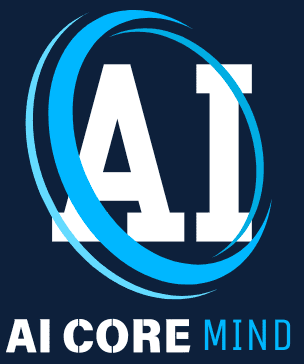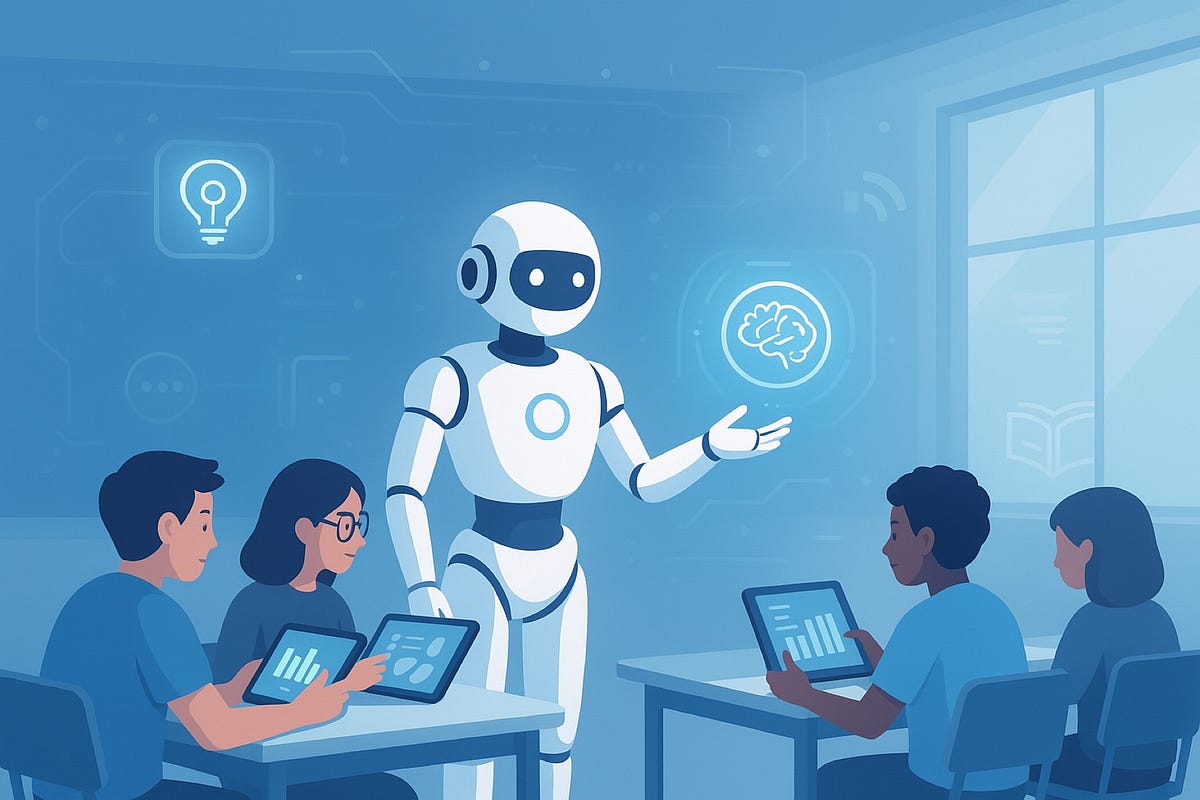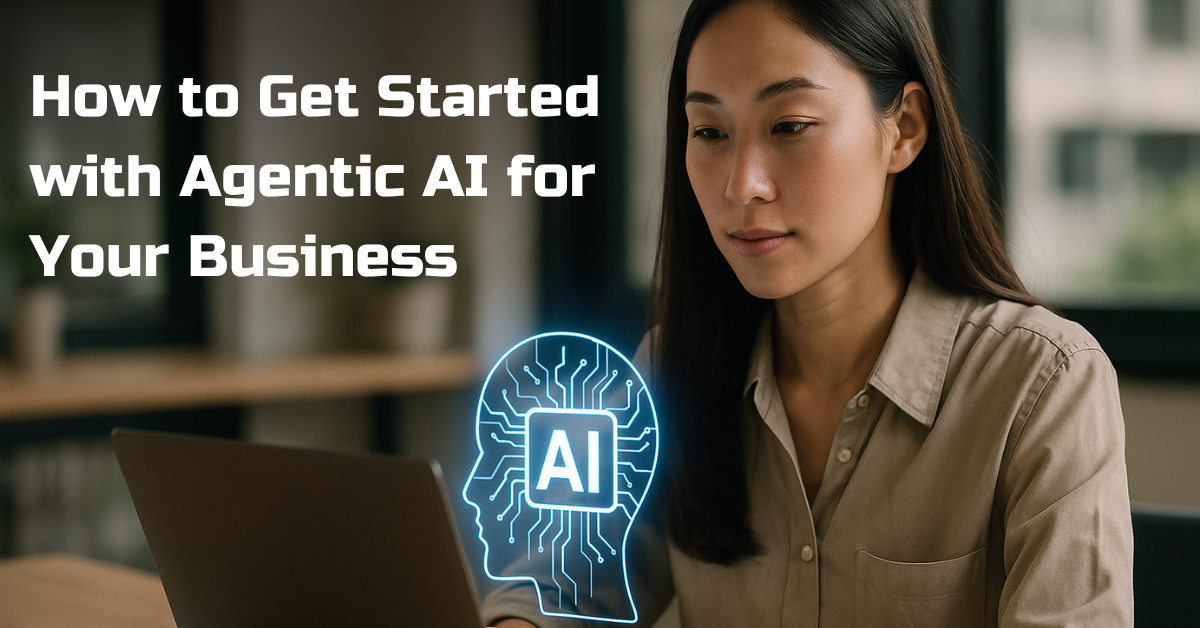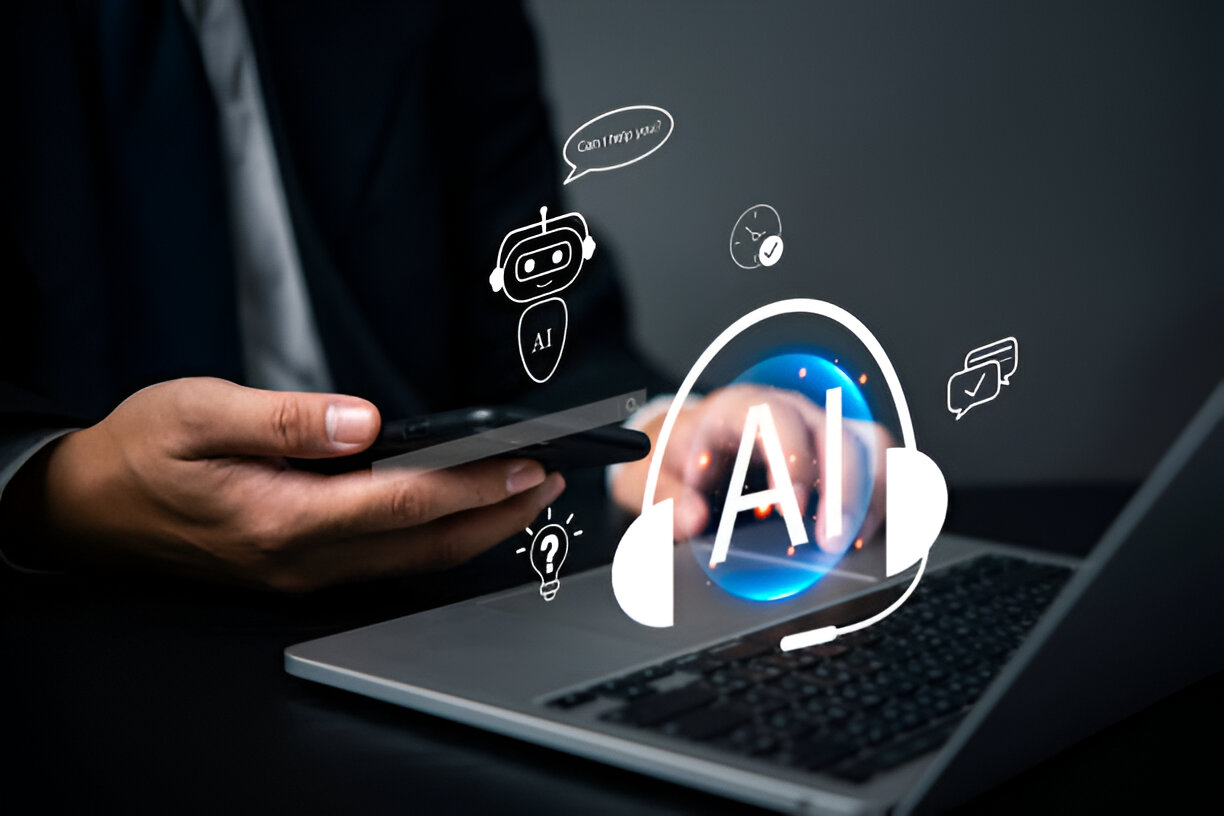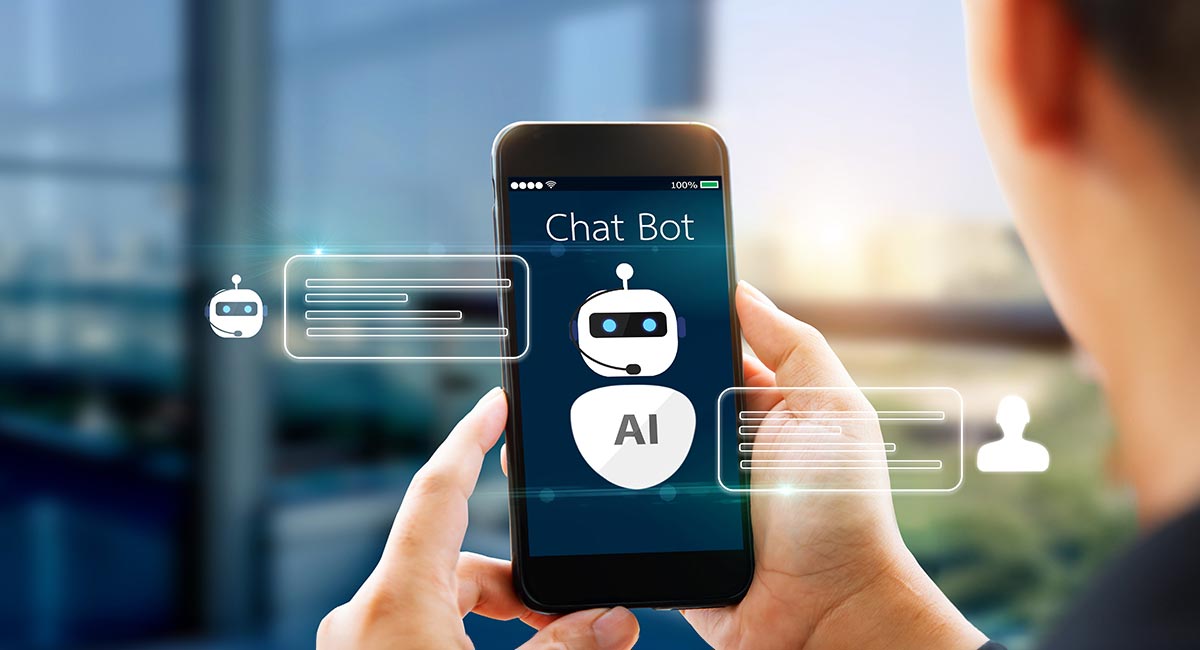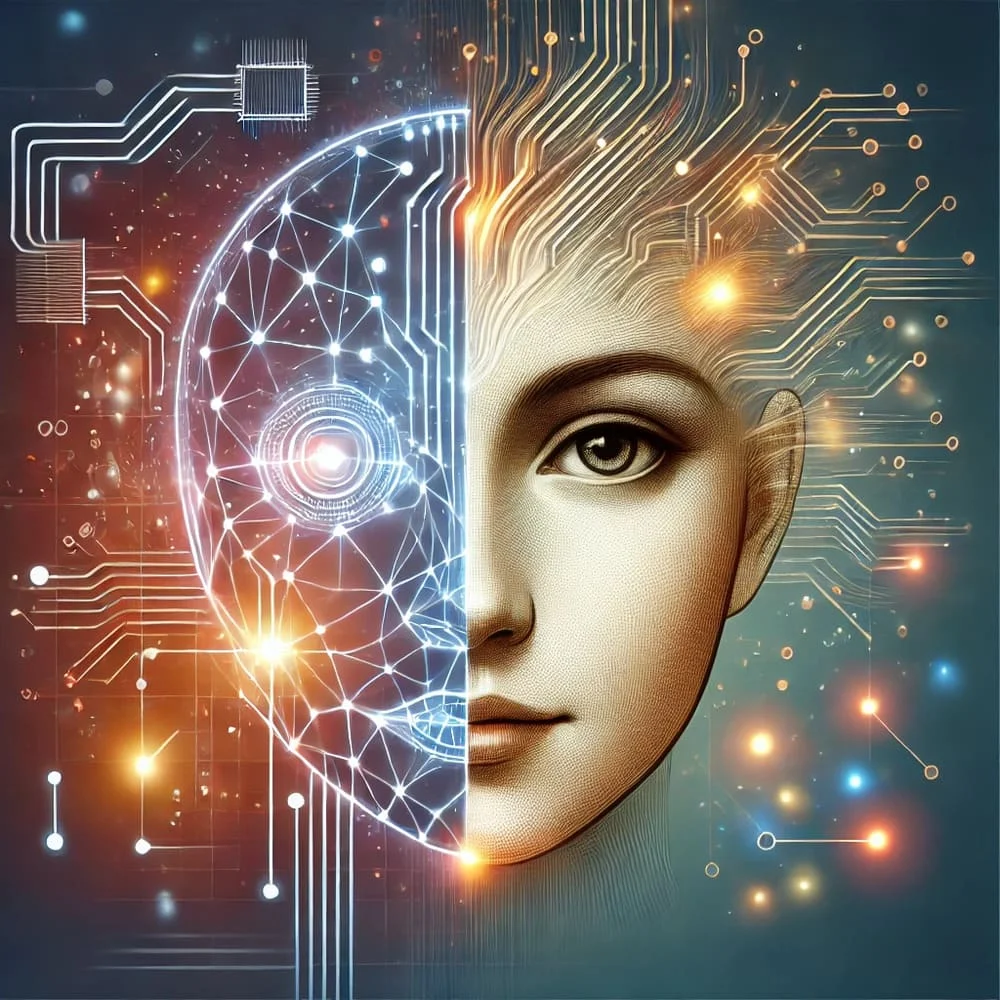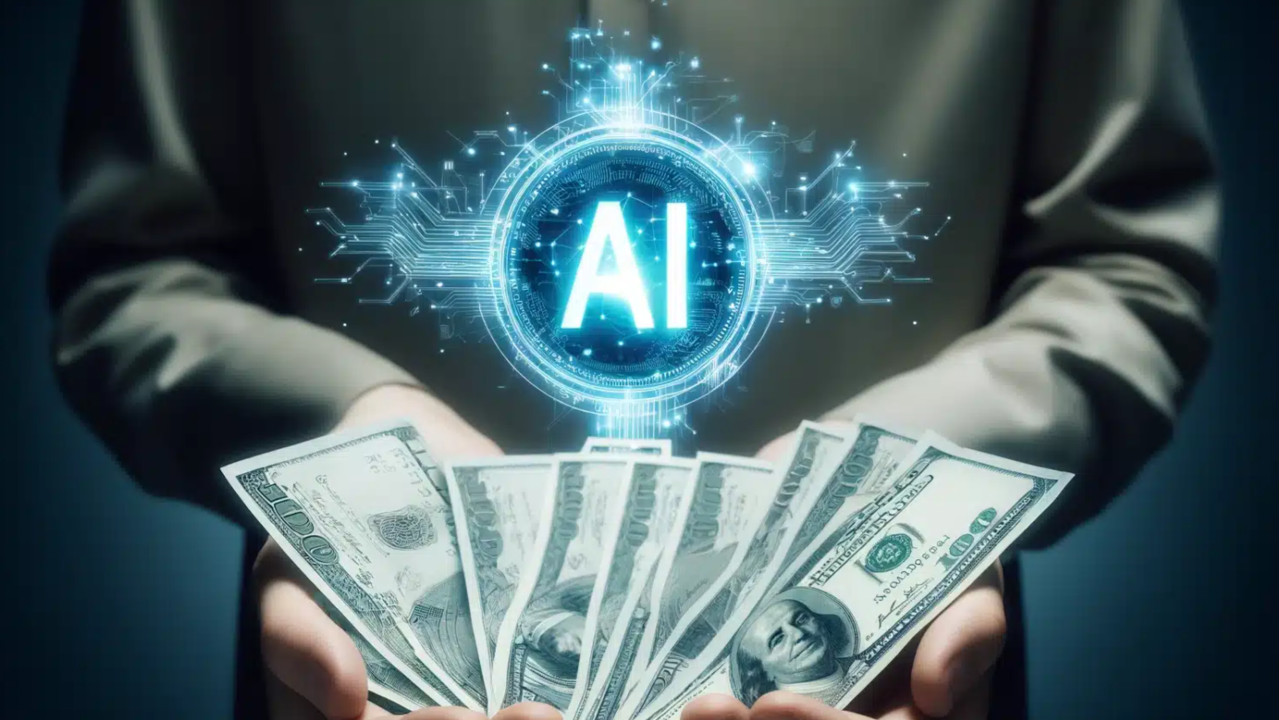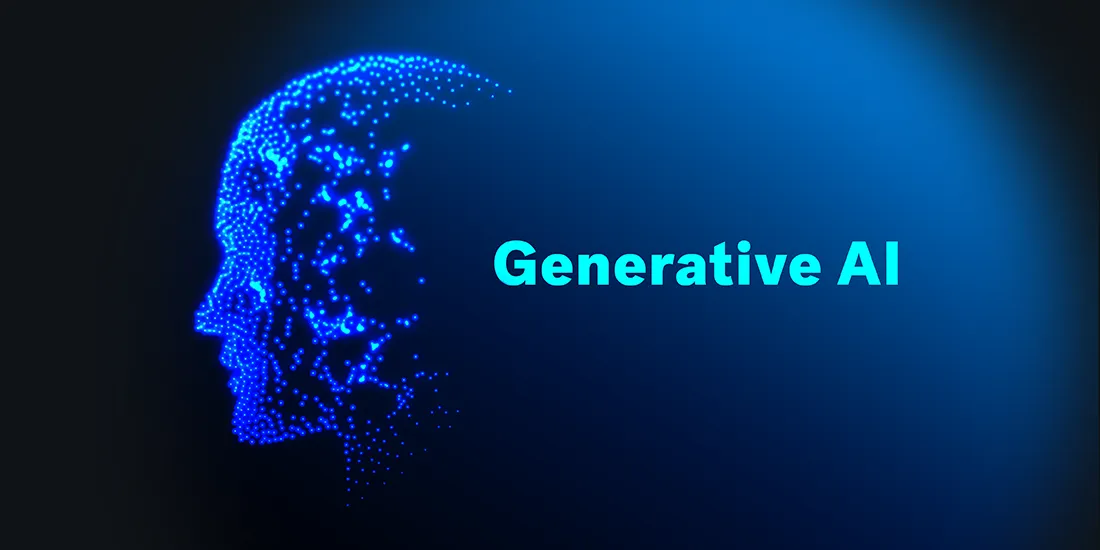Education is undergoing one of the biggest transitions in history and Artificial Intelligence (AI) is the driving force behind it. Traditional classrooms are no longer purely textbook and chalkboard-based and have become more than a one-way learning system. AI makes smarter, more personalized and highly engaging learning experiences to prepare students for the future.
Even basic operations like attendance management are being turned on its head with AI-powered student attendance software, giving educators more time for pedagogy in the process while keeping operations accurate and transparent.
Why AI Is A Game Changer in Education
AI is more than a digital tool, it is becoming the foundation of modern reshaping education. Academic institutions are adopting AI for faster processes and concurrently improving the pedagogical quality.
Important ways that AI is changing classrooms include:
- Personalized learning paths based on the student.
- Real time data insights that detect student needs at an early stage.
- Automation of time consuming administrative tasks.
- Powered by Artificial Intelligence (AI), its content recommendations help keep students engaged.
- Accessible technologies that make learning accessible to everyone.
Personalized Learning: All Students, All Paces
Learning is in itself heterogeneous; the old conception of uniform pace was often leaving some learners behind and others ahead. Artificial intelligence essentially rewrites this paradigm by making it possible to create custom learning experiences.
Using complex algorithms, AI analyzes student performance data and suggests curricular paths in line with each student’s personal style.
The system quickly identifies the strengths and weaknesses, provides customized practice modules, advanced material for accelerated learners, and provides real-time feedback for increased motivated engagement.
As a result, each learner moves confidently at his or her own personalized pace.
Smarter Insights Using Predictive Analytics
AI provides educators with a new level of visibility in the classroom – predictive insights. Rather than reacting post mortem to student failure and/or disengagement, AI allows for preemptive action.
By analysing patterns of learning, assignments, and participation, predictive systems can predict student outcomes and identify areas of difficulty.
- Help educators identify students who are at risk of falling behind
- Monitor patterns of engagement and attendance
- Produce data-driven reports and offer recommendations on how to intervene early to improve outcomes.
This pro-active methodology ensures that schools are able to offer better support to the students.
Automating the Teacher Workload
Educators often spend a large part of their day doing repetitive administrative tasks. From attendance consolidation to assignment grading, these responsibilities are wasting valuable instructional time. AI mitigates this burden.
Automation tools free up teachers to do what they do best: mentor. This is further strengthened by integrated student management systems that bring together all academic records in the form of one platform.
Automatic attendance logging; AI aided grading & performance analysis; report generation in a few clicks; seamless data integration for administrators & parents.
This amalgamation of automation and data insight streamlines academics operations.
AI in Remote Classes & Hybrid Classes
The pandemic pushed for the shift towards remote and hybrid education and AI has improved the efficacy of the models. It ensures that online instruction is more than a stopgap, to become a valuable complementary to in-person learning.
AI – driven features enhance online classes through:
- Real-time transcription and translation for learners worldwide
- Engagement tracking which identifies a loss of focus
- Adaptive learning which suggests personalized lessons
- Virtual tutors available at the click of a button during the study sessions.
For the next generation, such capabilities mean learning anywhere, anytime and having tools to keep you going.
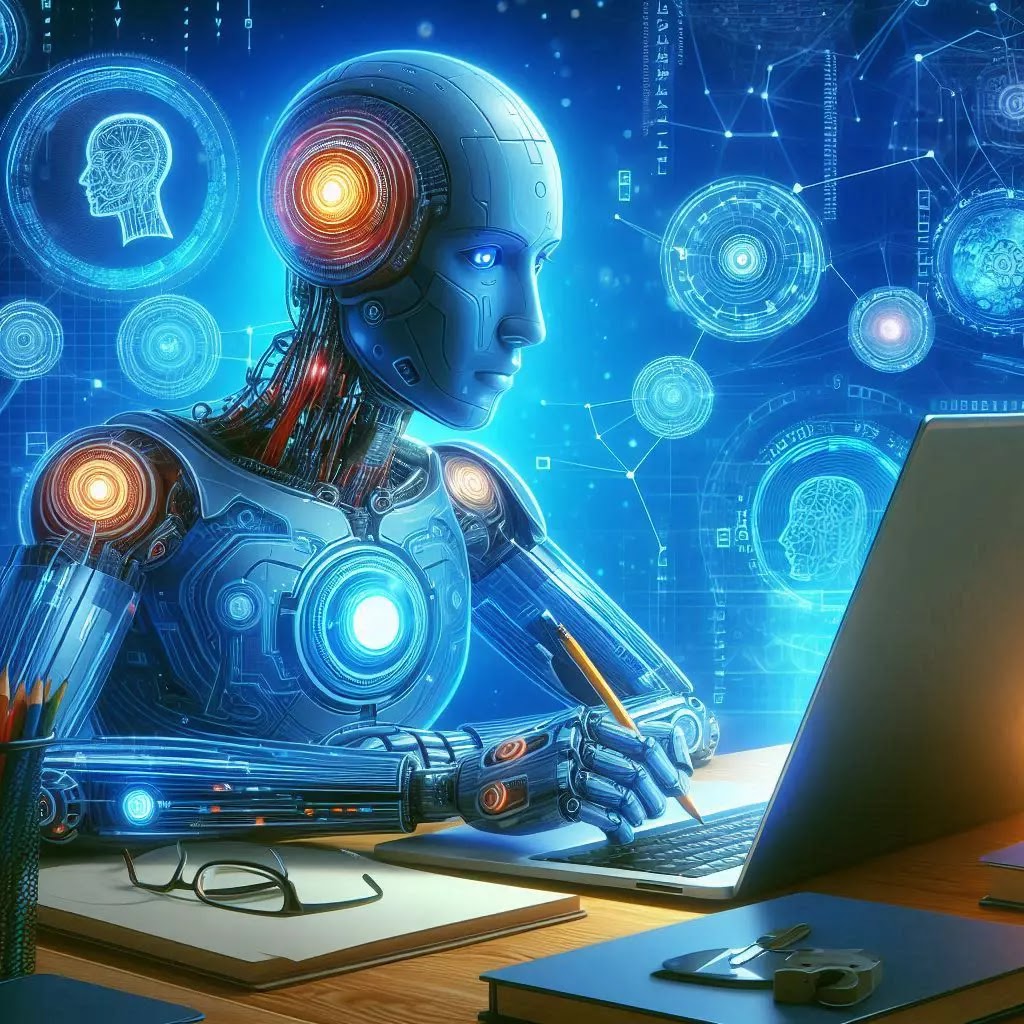
Gamification and Engaging Students
Learning is most successful when it is interactive and fun. AI brings gamification into education and makes lessons similar to challenges or adventures.
Gamified artificial intelligence-based platforms support long-term student motivation through a variety of mechanisms:
- Dynamic regulation of the difficulty of tasks
- Implementation of extrinsic incentives, such as badges, points, or leaderboards
- Encouragement of positive peer competition
- Design of traditional exercises into immersive experiential learning situations.
Consequently, this two-pronged effect has the added benefit of reinforcing engagement levels as well as retention of knowledge.
AI for Inclusion & Accessible Education
AI also ensures that no learner is left behind. Through inclusive tools, it allows students of all different abilities and backgrounds to access reshaping education on an equal footing.
AI breaks barriers by:
- Providing real time translation for multi language classrooms
- Providing speech to text and text to speech for students with disabilities
- Personalizing content for students with cognitive differences
- Creating adaptive applications to provide alternative learning formats.
This inclusivity creates a future where classrooms are available to everyone, regardless of challenges.
Best AI Chatbot Tools in 2025 – Top Picks for Work & Business
Preparing Students for the AI-powered Workforce
The next generation enters into a labor market occupied by digital technologies. AI empowered education is already preparing them for this reality.
Through innovative platforms students develop:
- Digital literacy and coding skills
- Strong problem-solving and critical thinking skills
- An awareness of ethical considerations around AI technologies
- Hands-on experience with robotics, virtual reality, and data science tools
Such training is making sure that graduates are not only academically competent but workforce-ready.
Teachers + AI: A Stronger Partnership
A popular question in education right now is whether AI will replace teachers. The answer is definitive, it will not. Concurrently, artificial intelligence serves as a peer to educators, supplementing their natural roles as mentors, catalysts and guides for learners.
While AI handles the routine, data-heavy tasks, educators bring empathy, creativity and human connection – all things that lie outside the purview of algorithms creating an optimal balance between the two.
Final Thoughts
Artificial intelligence is changing the education landscape for the next generation. From AI-boosted attendance mechanisms that support efficiency, to fully integrated student management ecosystems that consolidate academic processes, technology is redefining institutional functions.
The real power behind AI is when it works with educators to make classrooms smarter, more inclusive and forward-thinking. For students, this refers to a system of education that is responsive to each student’s needs and equips him for a world in which technological and human intelligences are in a synergistic relationship.
